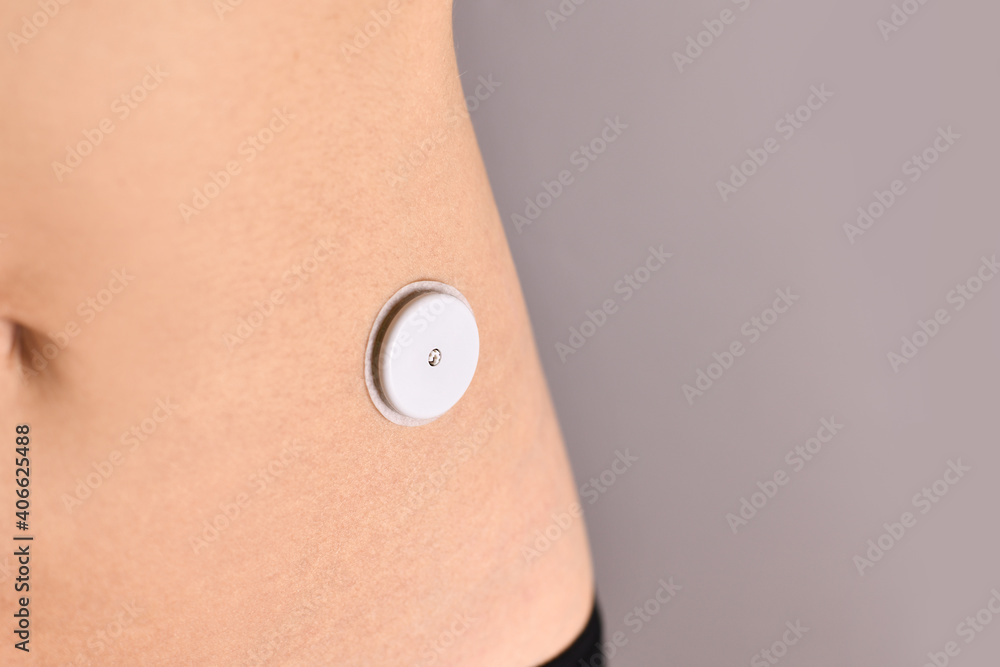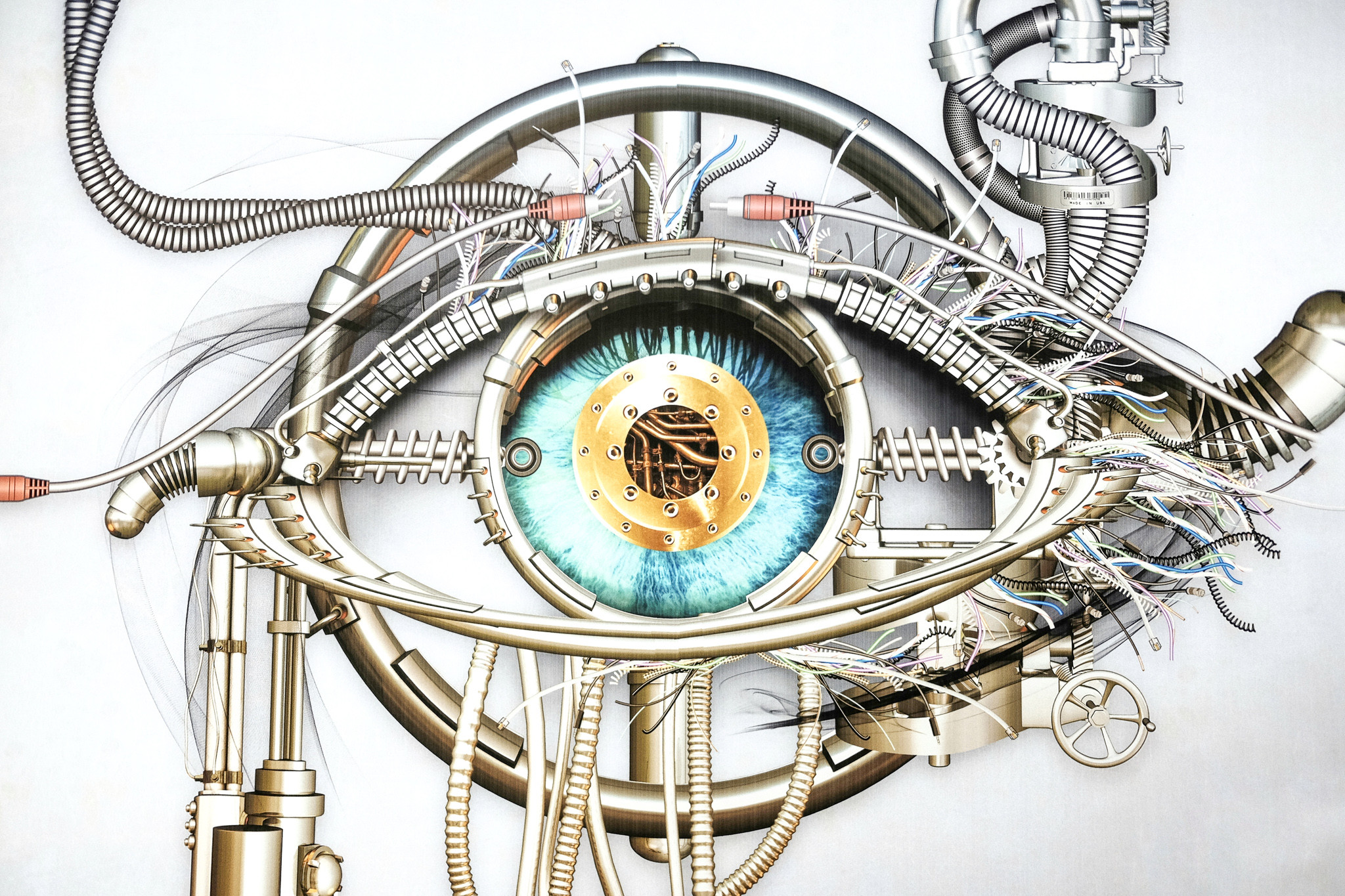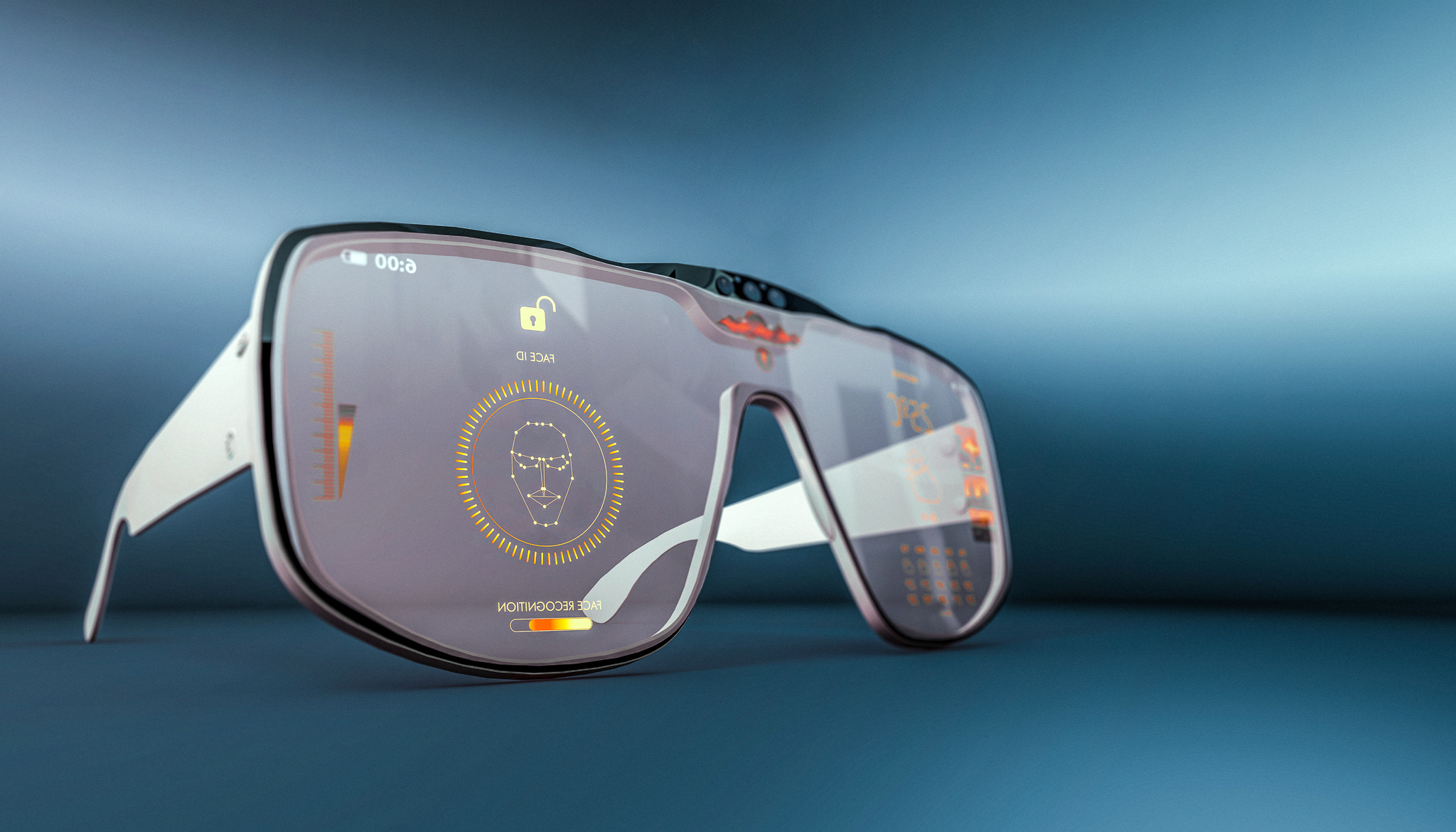“Grinders” are real world cyborgs pushing the transhuman envelope for the common — albeit, gory — good. From novel body modifications to the exceptional pioneering implants of tomorrow, here are eight of our favorite biohacks. Many of us are already outfitted with an array of gadgets to help us collect wellness data and streamline our day-to-day lives but some are taking this technological integration a step further.
Blood Test Implant
Researchers at the Swiss Federal Institute of Technology in Lausanne have developed an implantable device they hope to use as a personal blood testing laboratory. The implant uses five sensors, a radio transmitter, and basic power system. Each sensor is coated with a specific enzyme, allowing the device to monitor substances in the body (namely lactate, glucose, and ATP).
Hearing Colors
Artist Neil Harbisson was born color-blind, and has been experimenting with new technology that allows him to see in greyscale. The Human Antenna project started as a way to extend his experience of color beyond the limited grey scale he was born with. It involved having antennae surgically inserted into his occipital bone, enabling him to hear and perceive different colors via bone conduction.
EyeBorg
The Eyeborg Project is the brainchild of filmmaker Rob Spence. Spence teamed up with ocularist Phil Bowel, who designed the prosthetic camera and electronic eye shell housing. A team of engineers and RF Links created a miniature camera and RF transmitter for the project. This massive collaboration eventually gave us the world’s first literal, POV feed.
The North Sense
The North Sense from Cyborg Nest is an “exo-sense” model, meaning the unit is implanted on the surface of the skin. At first, this gentle vibration may be slightly jarring, but once you’ve become accustomed to it, you’ll interpret this data almost subconsciously. The company is currently designing similar technologies pertaining to panoramic audio and visual sensing.
Biomagnets
Biomagnets are one of the more popular trends in biohacking. These augmentation usually includes either the disc-shaped or bulkier cylindrical magnets. When a magnet encounters a magnetic field, it reacts. Once inserted beneath the skin, these reactions stimulate tactile nerve endings. You’ll have hours of trick capacity literally at your fingertips, however, you might have to be careful to not interfere with your electronic devices.
NFC and RFID Tags
RFID and NFC implants are another wildly popular biohack. Once inserted, these “chips” can be used for a slew of identification purposes, among other functions. These chips can replace many of our keys and passwords, allowing us to use transponders to unlock doors, start vehicles, and log into computers and smart devices.
Circadia Implant
In 2013, Tim Cannon infamously had a Circadia 1.0 implanted in his arm. The Circadia is capable of little more than measuring Tim’s body temperature. Eventually Cannon hopes more advanced versions of the implant will be able to relay this information to smart appliances. Until that glorious day, we suggest using your run-of-the-mill thermometer, and adjusting your thermostat like the rest of us mere mortals.
Bioluminescence
Biohack collective Grindhouse Wetware inserted these Northstar V1 implants into a few willing grinders. The implants are designed to emulate bioluminescence using a series of LEDs. These units are slimmer than the Circadia 1.0 we previously mentioned, though, they’re about as limited when it comes to functionality.











